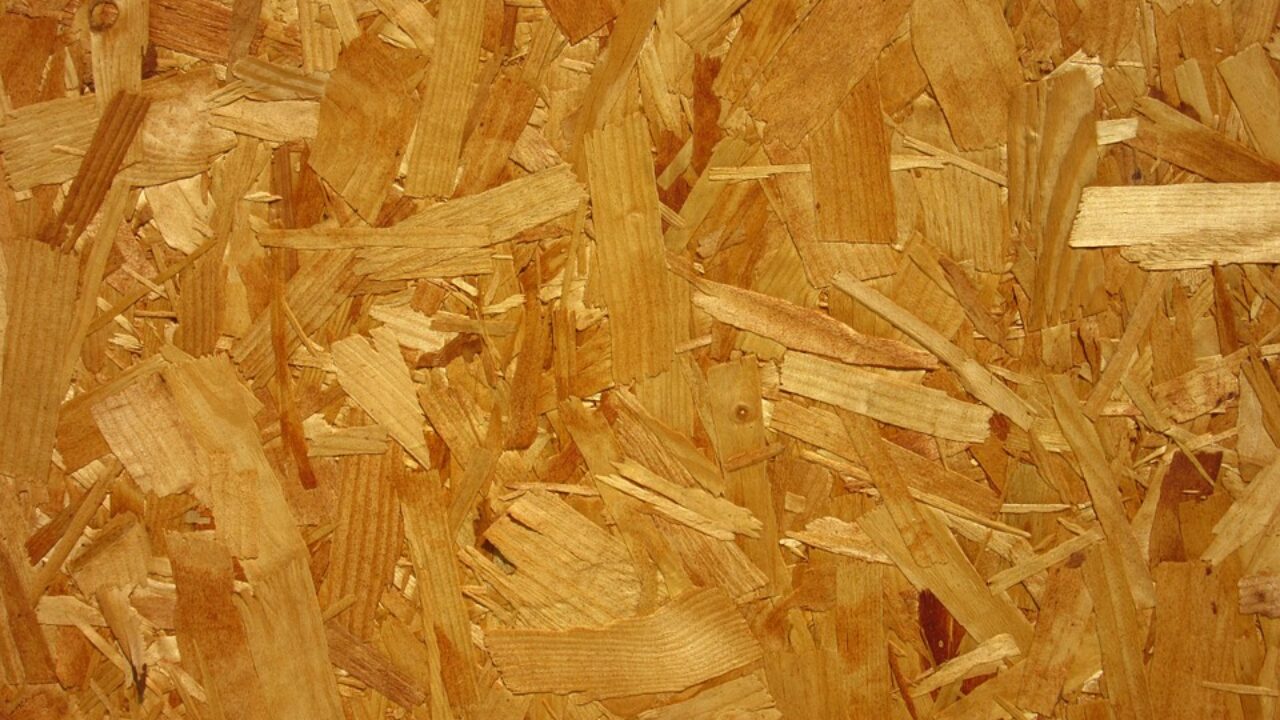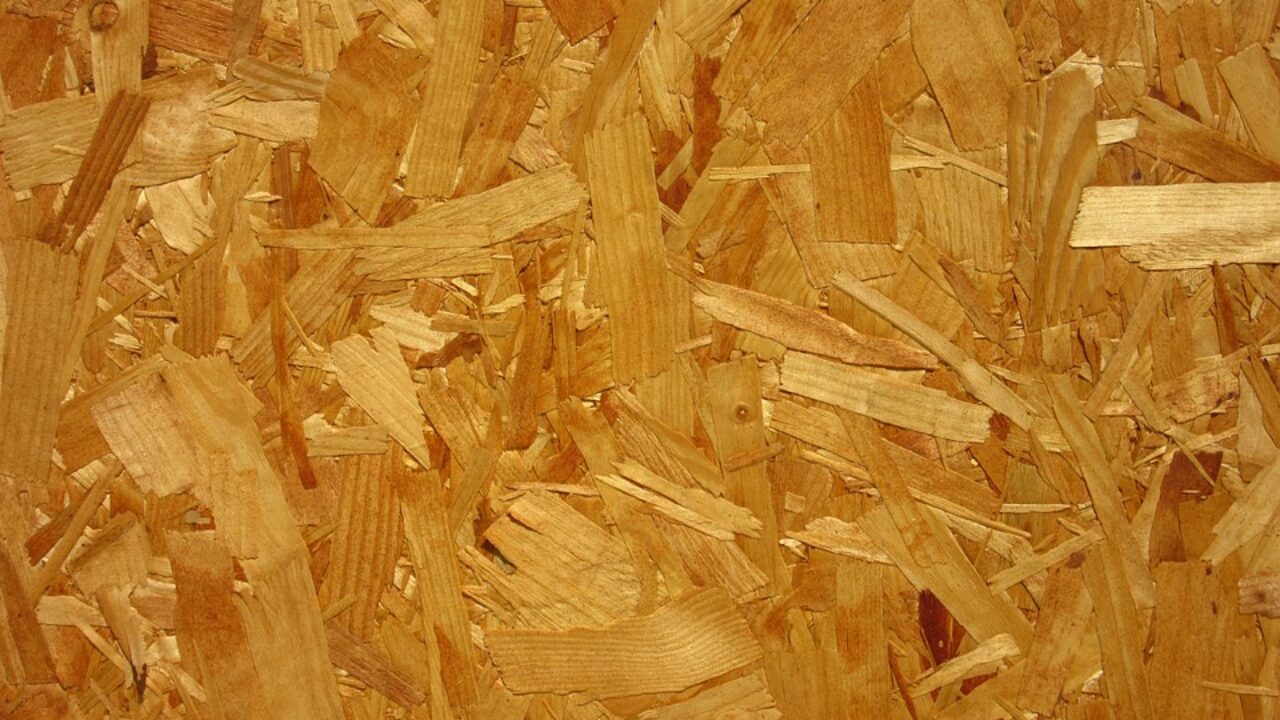Have you ever wondered what plywood or chipboard is? Well, let me break it down for you in a simple and engaging way.
Picture this: you’re building a cool new shelf or working on a school project, and you need some sturdy, reliable wood. That’s where plywood and chipboard come in.
Plywood is like a sandwich of wood layers, glued together to create a strong and versatile material. On the other hand, chipboard is made from wood chips and resin, compressed into a solid board.
So, whether you’re tackling a DIY project or just curious about woodworking, understanding plywood and chipboard is a great place to start. Let’s dive in and explore these materials together!

What is Plywood or Chipboard? A Comprehensive Guide
Introduction:
When it comes to building materials, plywood and chipboard are two common options that are widely used in construction and carpentry. Both materials have their own unique characteristics and can be utilized for various purposes. In this comprehensive guide, we will delve into the world of plywood and chipboard, unraveling their differences, applications, benefits, and more. Whether you’re a DIY enthusiast or a professional builder, this guide will provide you with the knowledge you need to make informed decisions when it comes to choosing between plywood and chipboard.
Understanding Plywood and Chipboard
Plywood:
What is Plywood?
Plywood is a versatile and widely used building material that is formed by gluing together several thin layers of wood veneers with the grains running perpendicular to each other. This cross-grain arrangement gives plywood its exceptional strength and stability. The layers are bonded together using heat and pressure, resulting in a durable and dimensionally stable panel.
Applications of Plywood
Plywood finds its applications in various industries and projects due to its excellent strength, durability, and versatility. Common applications of plywood include:
1. Construction: Plywood is extensively used in construction for structural purposes such as flooring, walls, roofs, and formwork.
2. Furniture: Plywood is a popular choice for making furniture, including cabinets, tables, chairs, and shelves.
3. Cabinetry: Due to its stability and resistance to warping, plywood is commonly used in the manufacturing of kitchen cabinets and wardrobes.
4. Crafts and DIY Projects: Plywood is a favorite material for DIY enthusiasts who enjoy creating home decor, art pieces, and small woodworking projects.
Benefits of Plywood
Plywood offers several advantages over other building materials, making it a preferred choice for many projects. Some key benefits of plywood include:
1. Strength and Durability: Plywood’s cross-grain construction enhances its strength, stability, and resistance to impact, ensuring it holds up well over time.
2. Versatility: Due to its availability in various thicknesses, sizes, and grades, plywood can be customized to suit different project requirements.
3. Cost-Effective: Plywood is an economical option compared to solid wood, offering high-quality performance at a lower price point.
4. Renewable and Sustainable: Plywood is made from fast-growing trees and can be sourced from sustainably managed forests, making it an eco-friendly choice.
Differences Between Plywood and Chipboard
Composition and Structure
Plywood and chipboard differ significantly in their composition and structure.
Plywood consists of multiple layers of wood veneers bonded together, with each layer’s grain running perpendicular to the adjacent layers. This arrangement gives plywood its strength and stability.
On the other hand, chipboard, also known as particleboard, is made by compressing wood particles (chips or small flakes) with synthetic resin and wax under heat and pressure. These particles are bonded together to form a solid panel.
Applications and Uses
Plywood and chipboard have different applications due to their contrasting properties.
Plywood’s strength and durability make it suitable for a wide range of applications. It is commonly used in construction, furniture making, cabinetry, and crafts.
Chipboard, though less durable and stable than plywood, has its own set of uses. It is often utilized for interior projects such as shelving, low-stress furniture components, and decorative finishes.
Appearance and Finishing
Plywood and chipboard can have different aesthetics and finishing options.
Plywood typically showcases the natural beauty of wood grain, with various wood species available, such as oak, birch, and maple. It can be stained, painted, or coated to enhance its appearance and protect it from moisture.
Chipboard, on the other hand, has a more uniform appearance, with a smooth surface that can be veneered, laminated, or painted to achieve the desired look. However, chipboard does not possess the same natural beauty as plywood.
Choosing Between Plywood and Chipboard: Factors to Consider
Project Requirements and Budget
The choice between plywood and chipboard depends on the specific needs of your project and your budget. Consider factors such as load-bearing capacity, durability, moisture resistance, and appearance when making a decision.
Strength and Stability
If strength and stability are crucial for your project, plywood is the better option. Its cross-grain structure gives it exceptional strength and dimensional stability, making it suitable for structural applications.
However, if your project involves lightweight or decorative components that are not subject to heavy loads or stress, chipboard may be a cost-effective choice.
Moisture Resistance
Plywood, especially exterior-grade plywood, offers better moisture resistance compared to chipboard. If your project will be exposed to humidity or moisture, plywood is a more reliable choice as it is less prone to warping or swelling.
However, if moisture resistance is not a significant concern or if appropriate sealing measures can be taken, chipboard can still be used effectively in certain interior applications.
The Bottom Line
Plywood and chipboard are both valuable building materials, each with its own unique characteristics and applications. By understanding their differences and considering factors such as project requirements, budget, and desired aesthetics, you can make an informed decision on whether to choose plywood or chipboard for your specific project. Remember to weigh the benefits and limitations of each material to ensure the best results and long-term performance. Happy building!
Key Takeaways: What is Plywood or Chipboard?
- Plywood is a type of engineered wood made from layers of thin veneers bonded together.
- Chipboard, also known as particle board, is made from wood chips or sawdust mixed with resin and then compressed.
- Plywood is stronger and more durable than chipboard.
- Both plywood and chipboard are commonly used in furniture, cabinets, and construction projects.
- Plywood is typically more expensive than chipboard, but it offers better quality and performance.
Frequently Asked Questions
Welcome to our FAQ section where we’ll answer some common questions about plywood and chipboard. These versatile building materials have various applications and are widely used in construction and furniture making. Here, we’ll provide you with clear and concise answers to help you better understand these materials.
1. How is plywood different from chipboard?
Plywood and chipboard are both types of engineered wood, but they have important differences. Plywood is made by stacking layers of thin wood veneers and bonding them together with adhesive, resulting in a strong and durable material. Chipboard, on the other hand, is made from wood particles, sawdust, and resin, which are pressed and bonded under high pressure.
The main distinction lies in their composition and strength. Plywood is known for its structural integrity and resistance to warping, making it ideal for applications that require strength and durability. Chipboard is more affordable and suitable for projects where strength is not the primary concern, such as interior furniture or cabinetry.
2. Can plywood and chipboard be used interchangeably?
Plywood and chipboard can be used interchangeably to some extent, depending on the project and requirements. However, it’s crucial to consider their different properties and strengths before making a decision. Plywood is generally stronger and more dimensionally stable, making it suitable for applications that require load-bearing capabilities or resistance to moisture.
Chipboard, on the other hand, is more affordable and easier to machine, making it a popular choice for interior applications such as furniture and cabinets. While it may not be as strong as plywood, chipboard can still serve well for non-structural projects where cost-effectiveness and versatility are important factors to consider.
3. What are the common uses of plywood?
Plywood has a wide range of applications in various industries. It is commonly used in construction for sheathing, subfloors, roofing, and wall paneling. Its strength and durability make it suitable for structural purposes, such as floor and roof joists, as well as concrete formwork. Plywood is also popular in furniture making, cabinetry, and crafting projects due to its ability to hold screws firmly and resist warping.
Additionally, plywood is used in the transportation industry, especially for the construction of boats, aircraft, and vehicle interiors. Its versatility and resistance to moisture make it an ideal material for these applications.
4. What are the typical applications of chipboard?
Chipboard has a range of applications in the furniture and interior design industries. It is commonly used for making shelves, cabinets, and decorative panels. Chipboard is often covered with veneers, laminates, or melamine to improve its appearance and durability.
Moreover, chipboard can be used for packaging, flooring underlayment, and partition walls in non-load-bearing structures. Its affordability and ease of customization make it a popular choice in DIY projects or temporary installations.
5. Can plywood and chipboard be waterproofed?
While plywood and chipboard are not inherently waterproof, there are methods to enhance their resistance to moisture. One common approach is to apply waterproof coatings or sealants that create a protective barrier against water penetration. These coatings can be in the form of paints, varnishes, or specialized waterproofing products.
It’s important to note that even with waterproofing measures, prolonged exposure to water or extreme moisture conditions can still cause damage over time. For projects requiring high levels of moisture resistance, it may be more appropriate to consider specific types of plywood or chipboard that are designed for such purposes, such as marine plywood or moisture-resistant chipboard.

Summary
Plywood and chipboard are both types of wood panels that have different uses and characteristics. Plywood is made of thin layers of wood glued together, while chipboard is made of wood chips and resin pressed together. Plywood is strong, durable, and resistant to warping, and it’s commonly used for furniture, construction, and crafts. On the other hand, chipboard is less expensive, but it’s not as strong or durable as plywood. It’s often used for temporary structures, packaging materials, and low-cost furniture.
In conclusion, plywood and chipboard are two types of wood panels with different qualities. Plywood is sturdy and versatile, suitable for various applications, including furniture and construction. Chipboard, although less strong, is more affordable and commonly used for temporary structures and packaging. Understanding the differences between these materials can help in choosing the right one for your needs.
